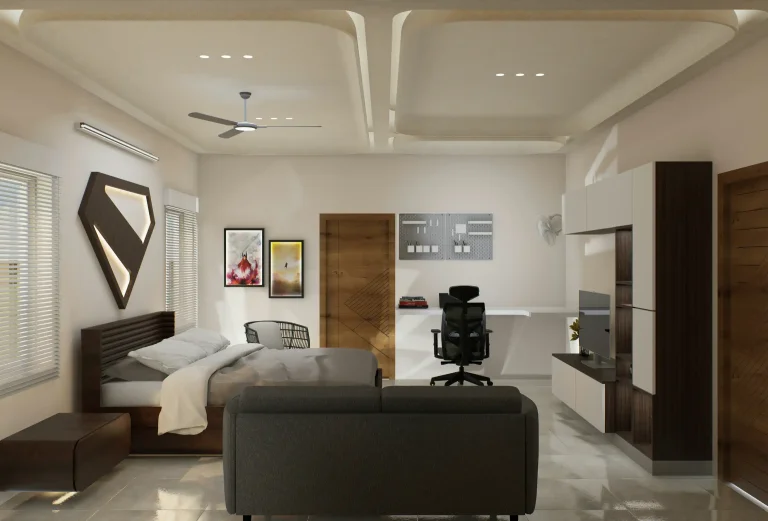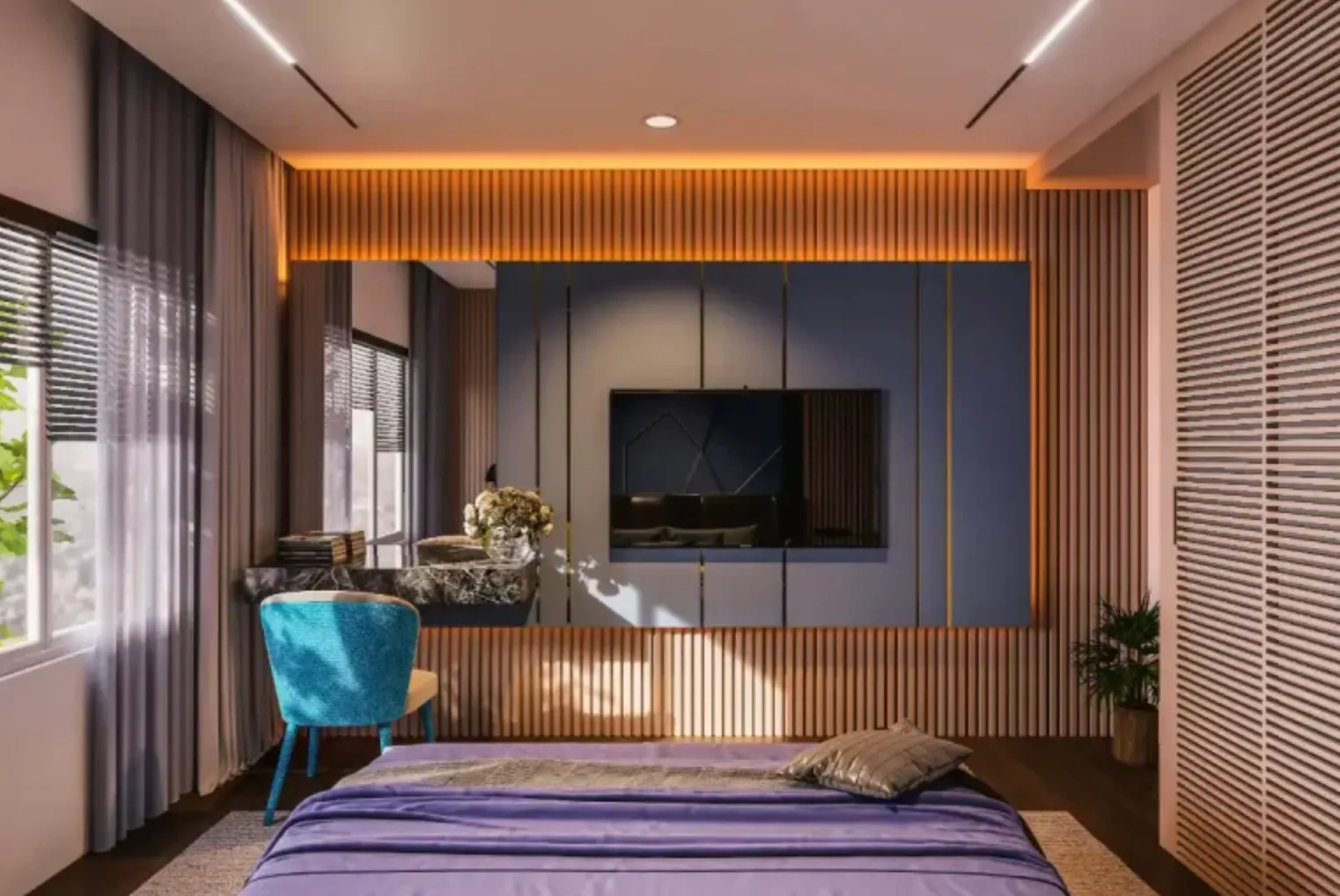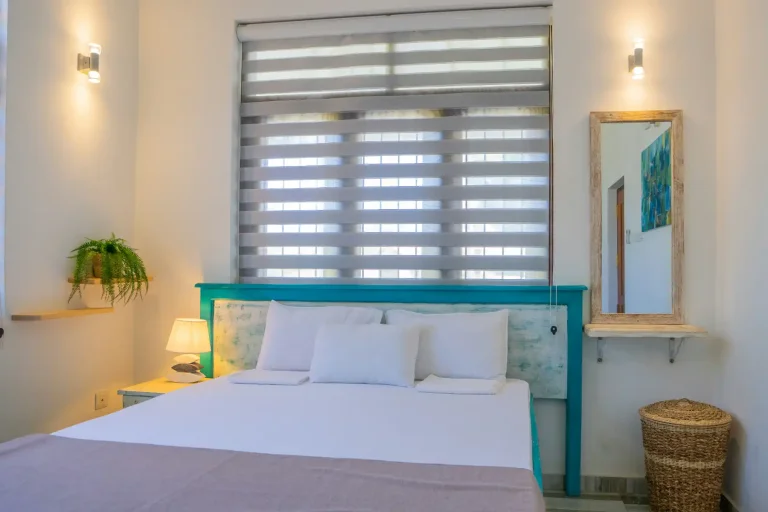Beachfront Airbnb Interior Design
Owning a beachfront short-term rental (STR) property is attractive due to pristine views, premium rates, and exceptional returns. You've made a savvy decision in acquiring such a valuable asset. Yet, in today's competitive market, where travelers can browse hundreds of coastal properties, a stunning location isn't enough. The critical question is: How do you transform your beachfront property from just another listing into a standout luxury destination that commands premium rates and stays booked year-round?
The answer lies in shifting our beachfront interior design approach. True coastal luxury property styling isn't just about aesthetics or trends; it's a business decision impacting your bottom line. The most successful beachfront properties are not just beautiful; they are engineered for performance, maximizing occupancy, daily rates, and your ROI.
In this guide, we explore the difference between cliché coastal decorating and sophisticated beachfront design. We reveal the principles of a data-driven approach to property styling and provide a roadmap for transforming your oceanside investment into a top-performing asset. Whether renovating an existing property or furnishing a new acquisition, understanding these principles can mean the difference between a modest and remarkable return.
Why Unique Beachfront Airbnb Design Matters
The coastal rental market suffers from the "Sea of Sameness." Properties are filled with predictable nautical motifs, mass-produced anchor decorations, "Live, Laugh, Love at the Beach" signs, and cheap furniture that barely lasts a season. While these elements seem "beachy," today's discerning travelers perceive them as low-effort shortcuts. Generic coastal decor fails to justify premium pricing and renders your property forgettable among similar listings.
Poor design has substantial and measurable business consequences. Properties with outdated or generic interiors command lower Average Daily Rates (ADR), experience higher vacancy periods (especially in shoulder seasons), and attract reviews mentioning "dated decor" or "cheap furnishings." When guests pay luxury prices for a mediocre experience, the resulting reviews create a downward spiral costing tens of thousands in lost revenue annually.
Amateur Coastal Design:
- Literal interpretations (seashells, fishnets, anchor motifs)
- "Fast fashion" furniture that deteriorates quickly
- Inadequate lighting that photographs poorly and creates a dull ambiance
- Cluttered layouts that obstruct views and create awkward traffic patterns
- Generic "beachy" art and mass-produced decor.
Luxury Coastal Design:
- Subtle, abstract interpretations of coastal elements through color and texture.
- Furniture built for longevity, investment-grade, commercial-rated
- Strategic, layered lighting that creates ambiance and photographs beautifully.
- Thoughtful space planning that maximizes views and optimizes flow
Curated art and unique decor that tells a cohesive story.
5 Core Principles of Luxury Beachfront Interior Design
We can identify five core principles in top-performing luxury beachfront properties through a data-driven lens. Here's how to implement them:
1. Space Planning for Views and Flow
Luxury begins with a space’s feel, not its appearance. The best beachfront properties are designed around their primary asset: the view. This means orienting furniture to maximize ocean visibility, creating clear sightlines from main living areas to the water, and eliminating barriers.
Effective space planning involves establishing zones in open layouts. These zones include a reading nook by a window, a conversation area around a fireplace, or a dining space with sunset views. Uncluttered pathways for easy movement are essential. In luxury beachfront design, negative space is as important as the contents. It creates a sense of expansive calm reflecting the open horizon outside.
2. Sophisticated Coastal Colors
The most successful beachfront properties embrace a nuanced, sophisticated palette that reflects the coastal environment at different times of day, moving beyond basic navy and white.
- Base Tones: Sandy beiges, warm off-whites, and soft grays reminiscent of morning mist create a neutral foundation for architectural features and views.
- Accent Hues: Use deep ocean blues, sea glass greens, coral tones, and sunset-inspired yellows and oranges as accents, not dominant colors.
- Pro Tip: Maintain a cohesive color palette throughout the home for a serene, unified experience that photographs well in listings and helps guests feel the intentional design.
3. Layering for Luxury and Durability
The intersection of luxury feel and guest-proof durability is critical for a high-performing STR. Texture makes a neutral space feel rich and interesting while providing necessary resilience for constant use.
- Flooring: Luxury Vinyl Plank (LVP) with a light wood look offers the warmth of wood with superior water and sand resistance. Another excellent option for wet areas and entries is large-format porcelain tile.
- Surfaces: Quartz or quartzite countertops resist stains, scratches, and heat damage better than marble while providing a similar luxury aesthetic. For bathrooms, large-format tiles with minimal grout lines reduce cleaning issues.
- Textiles: Performance fabrics like Sunbrella and Crypton mimic high-end materials with superior stain resistance and durability. Washable linen slipcovers allow easy maintenance while adding natural texture.
- Natural Elements: Incorporate organic textures like rattan, weathered wood, seagrass, and stone to ground the space and create visual interest that recalls the coastal environment without literal beach motifs.
4. Balancing Comfort, Style, and Resilience
Furniture in a luxury beachfront rental must be "Instagrammable" and withstand constant use by careless guests. Data shows that investing in quality anchor pieces: sofas, beds, dining tables, pays dividends in guest satisfaction and longevity.
Scale significantly impacts the luxury impression. Substantial pieces with proper proportions feel more luxurious than smaller, flimsier alternatives. A sectional that seats maximum occupancy, king beds in master suites, and dining tables for the full guest count are non-negotiable in luxury beach house decor.
Focus on comfort factors that impact reviews. These include high-quality mattresses, ample supportive seating, and inviting outdoor furniture. These elements drive higher ratings and repeat bookings.
5. Crafting Ambiance from Sunrise to Sunset
Lighting is often overlooked in vacation rental interior design, yet it impacts guest experience and property photography. A good lighting plan makes spaces look expensive and creates a luxury atmosphere.
- Ambient: Install dimmable recessed ceiling lights for adjustable overall illumination. In coastal settings, a higher color temperature (3000K-3500K) complements natural light.
- Task: Incorporate pendants over kitchen islands, bedside reading lamps, and under-cabinet kitchen lighting to illuminate specific activities.
- Accent: Use dimmable sconces, picture lights, and statement chandeliers/pendants to create focal points and visual interest. These elements reflect the coastal luxury aesthetic while providing functional light.
- Outdoor: Extend the living space after dark with well-lit pathways, deck/patio lighting, and uplighting on architectural features or landscaping. Outdoor lighting increases the usable hours of exterior spaces and creates a magical nighttime appearance.
The "Bookability" Factor: Designing for Online Bookings
Recognize that 99% of your guests will see your property online before visiting. In today's digital marketplace, your design must be optimized for photography and screen-based decisions. Successful beachfront properties are styled to create "Instagrammable moments", vignettes that stop scrolling thumbs and compel potential guests to click for more details.
These include a styled living room with floor-to-ceiling windows framing an ocean view, a hanging chair for the sunset, or an outdoor dining setup for gatherings by the sea. These moments aren't just pretty pictures; they're strategic marketing assets that drive booking decisions.
The "hero shot" concept is crucial. This primary listing photo determines whether users click or scroll past your property. Data-driven design creates an impactful hero shot by focusing investment on areas with the biggest visual impact, like a stunning living room with an ocean view or a luxurious master bedroom.
The visual appeal must translate into the guest experience. A property that looks amazing online sets high expectations that must be fulfilled upon arrival. The design needs to deliver comfort, quality, and thoughtful amenities for five-star reviews that drive bookings. This integrity between online appearance and in-person experience transforms one-time visitors into repeat guests and advocates for your property.
Conclusion
A successful beachfront STR requires more than a desirable location. It demands a strategic, professional design approach that impacts financial performance. When executed correctly, beachfront interior design isn't a cost center but a high-ROI investment. Data shows intentionally styled properties outperform comparable listings by significant margins.
Stop guessing and start earning your property’s true worth. Contact STR Cribs for a consultation and discover the data-driven potential of your beachfront investment. Your property is too valuable for average returns when exceptional performance is within reach.
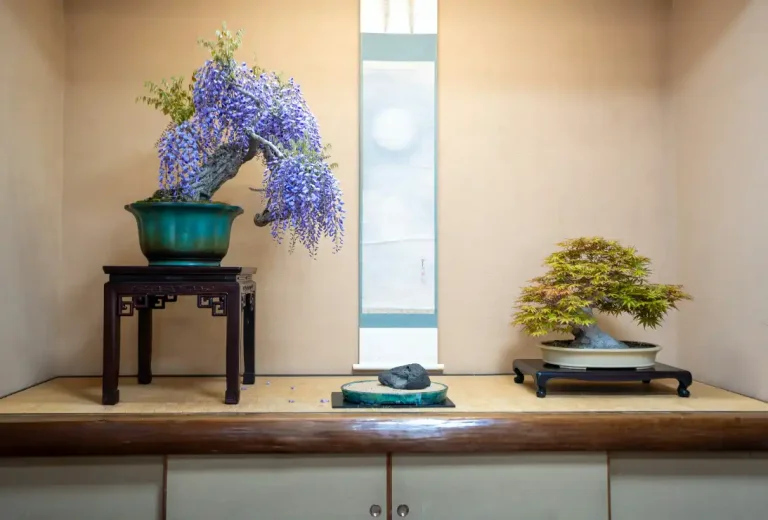
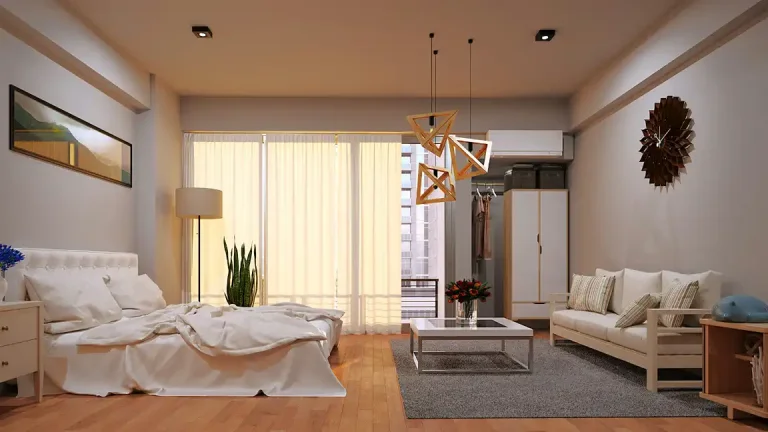
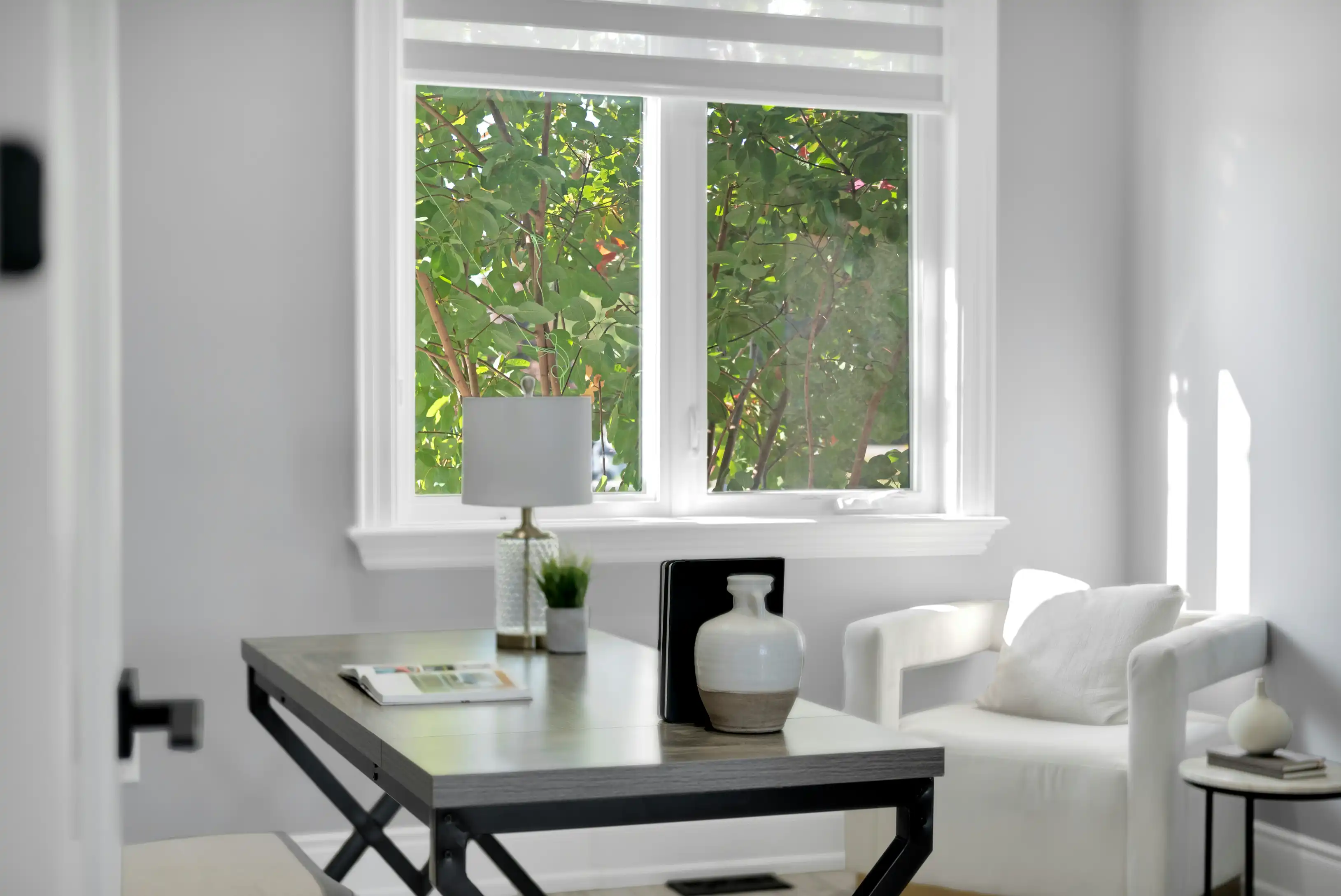
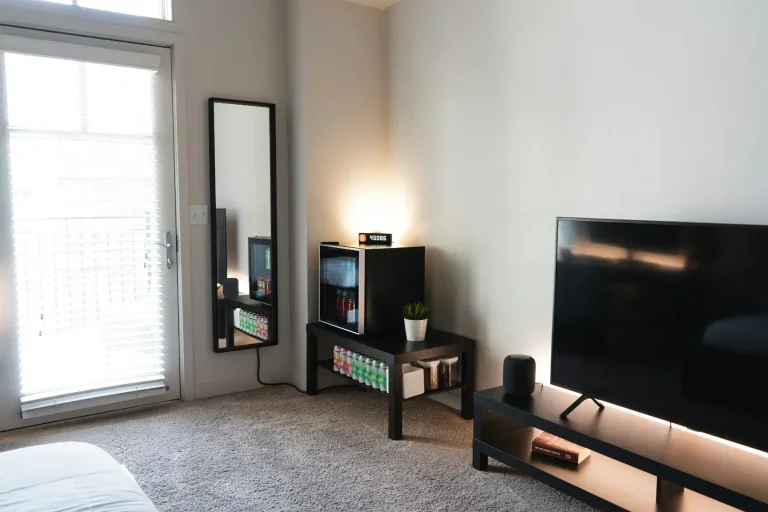
.webp)
